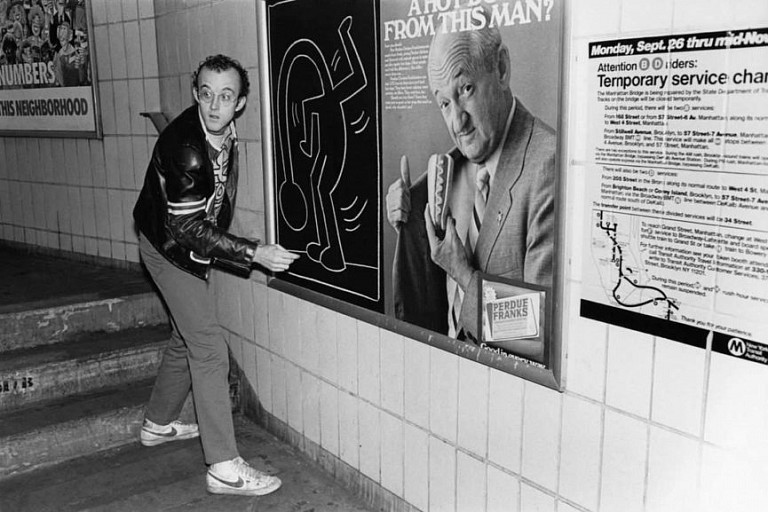|
When Keith Haring arrived in New York in 1978, he found an active scene of young musicians and artists, including Kenny Scharf and Jean-Michel Basquiat, with whom Haring became fast friends. Perhaps more importantly, he found are moving out of galleries and into public life. New York at that time was a place of new trends like the rise of hip-hop, diverse club scenes, and graffiti art. Haring embodied the city's energy, tirelessly taking his art wherever he was, whether to a gallery, his apartment, playgrounds, or department stores. In many ways, Harings use of popular imagery came from pop art's ambitions to bring popular culture into a critique of fine art. His approach to pop, however, was expansive and performative, akin to conceptual strategies of the late 1970s in its aggressive use of art as liberating social activism. After Haring contracted the AIDS virus in 1988, he focused his outpouring of activism on the AIDS crisis. Less than two years later, Haring died of an AIDS-related illness.
- The Broad, Los Angeles
|

